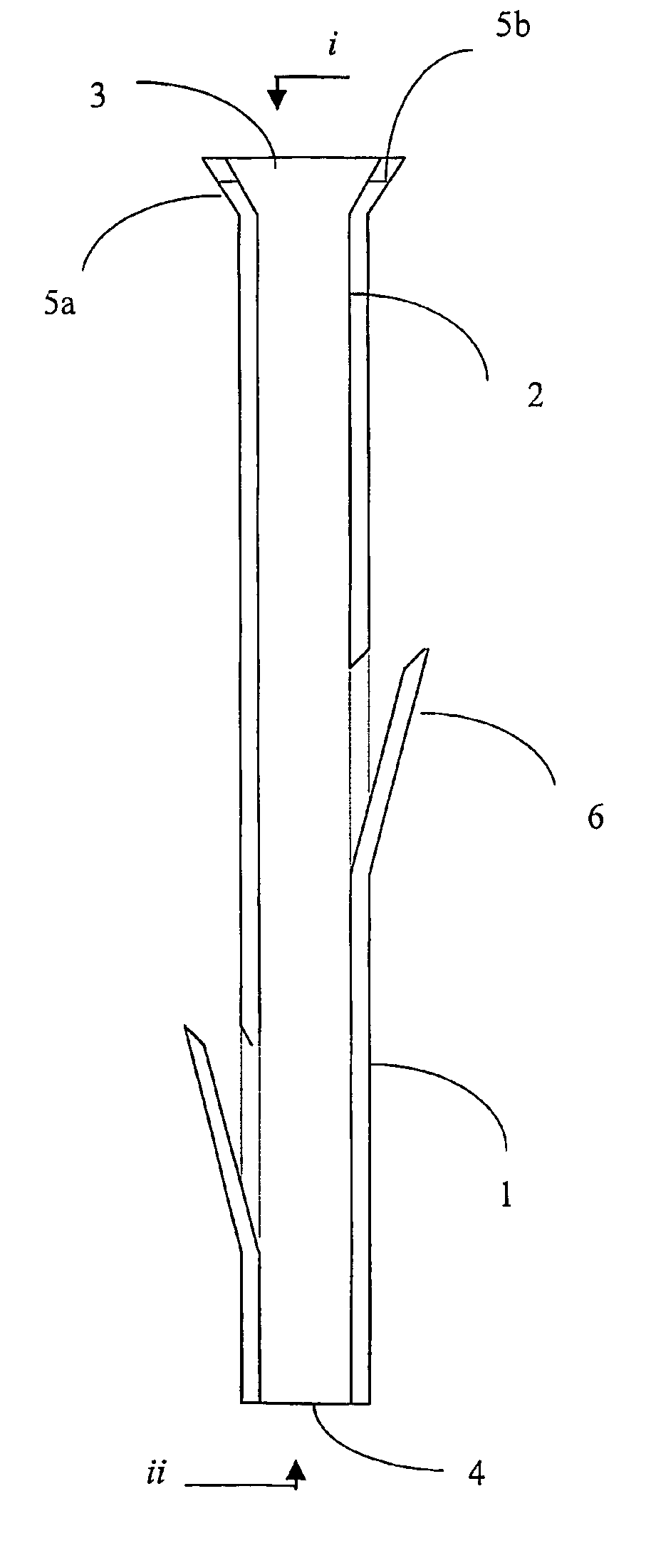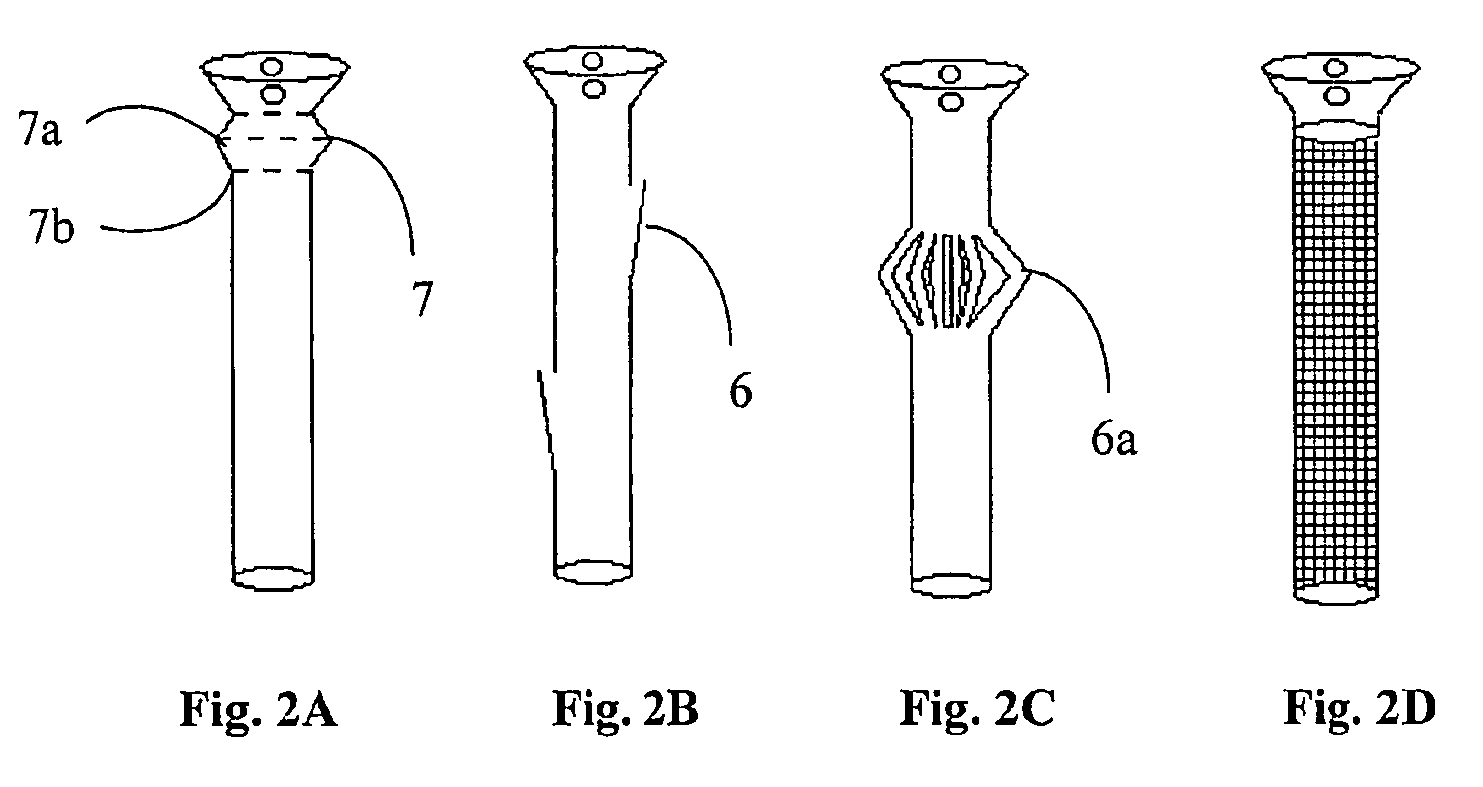Polymeric stent useful for the treatment of the salivary gland ducts and method for using the same
a polymer stent and salivary gland technology, applied in the field of medical devices, can solve the problems of inability to enable the continuous drainage of saliva from the oral cavity towards the salivary gland, inconvenient use, and inefficient use,
- Summary
- Abstract
- Description
- Claims
- Application Information
AI Technical Summary
Problems solved by technology
Method used
Image
Examples
Embodiment Construction
[0023]The current invention contemplates the usage of any prosthesis, which can be inserted into the saliva duct in order to create a continuous passageway through said duct. When “stent” is referred to herein, it may include the classical definition of stents as they are used in known intravascular applications. “Stent” used herein also includes any prosthesis which may be inserted and held where desired in the lumen of said saliva duct.
[0024]The following description is provided, along all chapters of the present invention, so as to enable any person skilled in the art to make use of said invention and sets forth the best modes contemplated by the inventor of carrying out this invention. Various modifications, however, will remain apparent to those skilled in the art, since the generic principles of the present invention have been defined specifically to provide for stenting and supporting the continuous flow of saliva throughout the saliva ducts.
[0025]There are several polymeric ...
PUM
| Property | Measurement | Unit |
|---|---|---|
| length | aaaaa | aaaaa |
| inner diameter | aaaaa | aaaaa |
| length | aaaaa | aaaaa |
Abstract
Description
Claims
Application Information
 Login to View More
Login to View More - R&D
- Intellectual Property
- Life Sciences
- Materials
- Tech Scout
- Unparalleled Data Quality
- Higher Quality Content
- 60% Fewer Hallucinations
Browse by: Latest US Patents, China's latest patents, Technical Efficacy Thesaurus, Application Domain, Technology Topic, Popular Technical Reports.
© 2025 PatSnap. All rights reserved.Legal|Privacy policy|Modern Slavery Act Transparency Statement|Sitemap|About US| Contact US: help@patsnap.com



